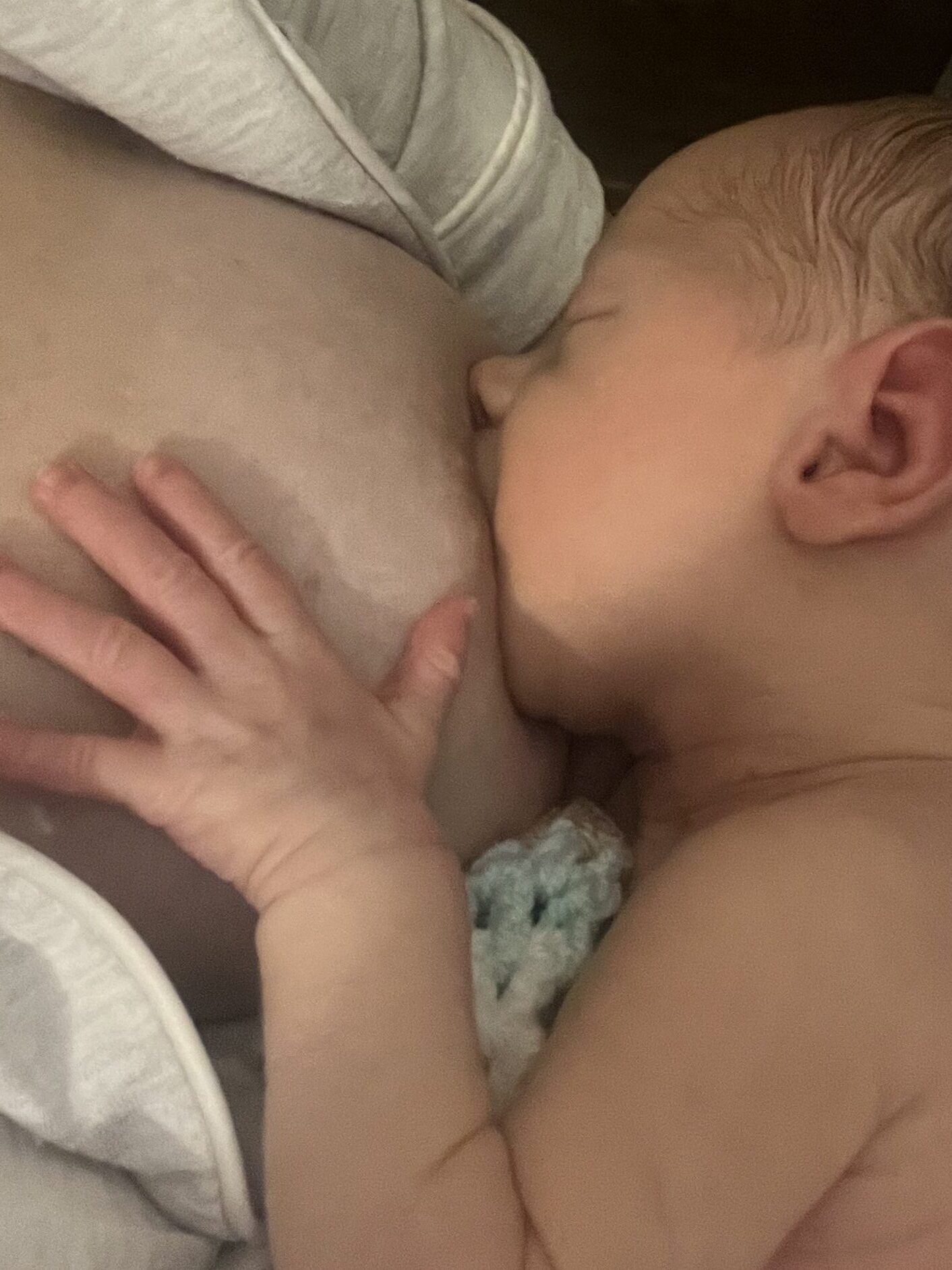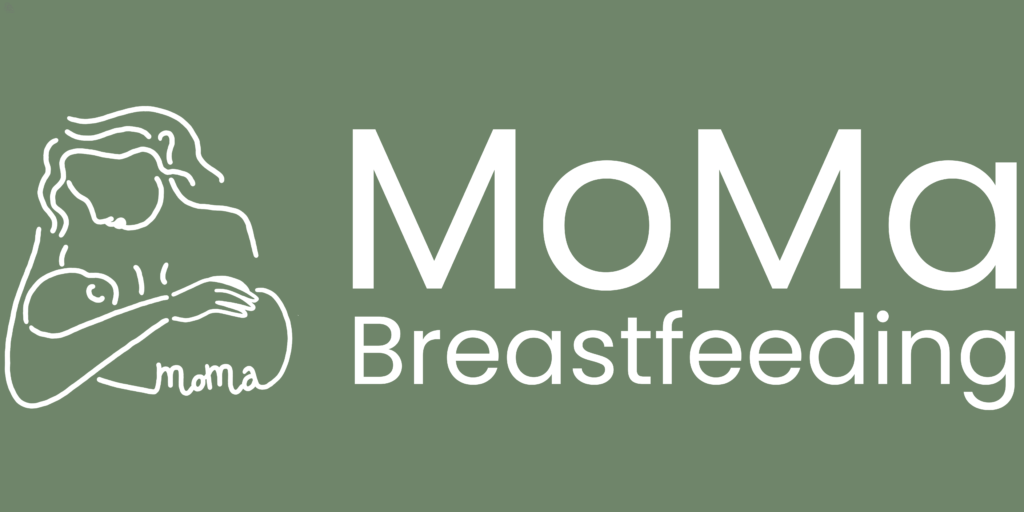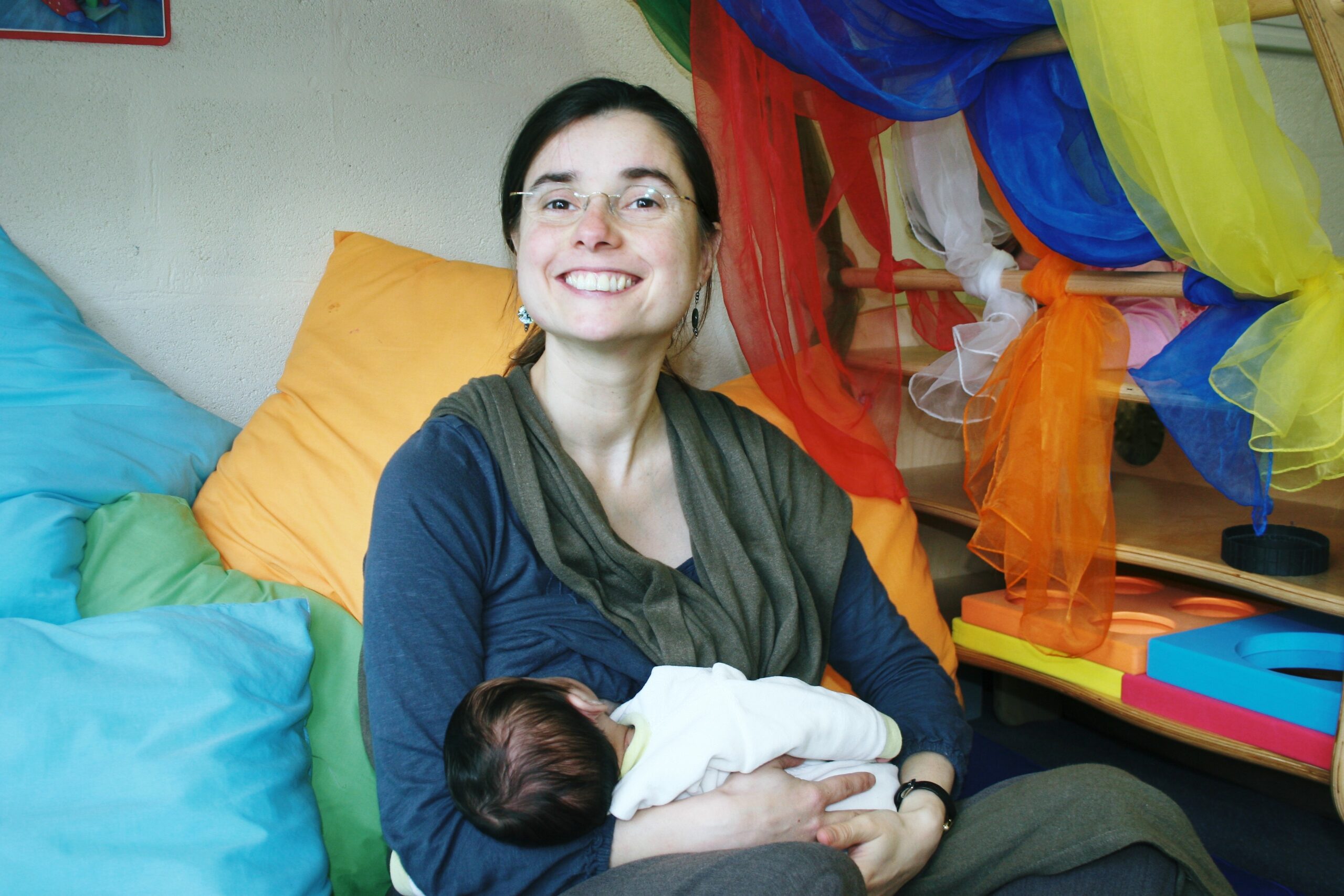Making Breastfeeding Comfortable and Effective
By Amanda Dunbar IBCLC
“The newborn has only three demands. They are warmth in the arms of his mother, food from her breasts, and security in the knowledge of her presence. Breastfeeding satisfies all three.”
Grantly Dick-Read
Comfortable breastfeeding encourages rest, recovery and bonding with your new arrival, while delivering everything your baby needs – with no washing up! Breastfeeding is natural and normal, but it is also a learned behaviour. Historically that learning would have begun from childhood, seeing breastfeeding happening all around us every day. In today’s society, that’s no longer the case, so mothers are much more likely to need support.
Spending time with other breastfeeding mothers is something that can be really helpful.
This is particularly true for mothers of newborns who can pick up ideas from the variety of ways that they see mothers and babies breastfeeding. Each mother and baby pair is unique.
Some of the following ideas may be useful. You may find that what works for you doesn’t look like any of these. If breastfeeding feels comfortable and your baby is drinking well and gaining plenty of weight, then it does not matter what it looks like!
How you hold your baby is key to comfortable breastfeeding. Your body in relation to your baby’s body is what we call positioning, and there are lots of options.
No matter what position you breastfeed your baby in there are some general things to look out for.
General principles
There are some things to look out for no matter what position you breastfeed your baby in.
- The baby’s mouth is open like with a yawn. The mouth should open wide but comfortably so.
- The bottom lip is flanged outward. The lower lip should be turned outward, while the upper lip may rest neutrally.
- The chin is pressed into the breast. This ensures a deep latch and effective milk transfer.
- The nose is clear for breathing. The baby should be able to breathe easily without obstruction.
- Babies breastfeed; they don’t nipple feed. The baby should take in more of the lower areola than the upper.
- The tongue is extended over the lower gum. This helps create a seal and prevent nipple pain.
- Deep, rhythmic sucking is observed. This indicates effective milk transfer rather than shallow nibbling.
- The mother experiences no pain. Some initial tenderness is normal, but pain is a sign of a poor latch.
- Cheeks remain full and rounded – Dimpling or sucking in of the cheeks may indicate a shallow latch.
- Swallowing sounds are heard – A sign that the baby is actively drinking milk.
- Baby remains well-positioned and supported – Ensures comfort for both baby and mother throughout the feed.
This video shows in more detail how a baby attaches at the breast and how to spot signs that your baby is swallowing well.
Breastfeeding is a natural, learned process
For many mothers, breastfeeding may feel awkward or uncomfortable in the first few days. A newborn baby will naturally curl up in a ball, just as he has been doing for months in the womb, which can make attaching at the breast tricky. For some babies, the process of being born can also have an impact on breastfeeding, for example, due to a sore head or excessive sleepiness. Some mothers may be used to holding small babies, but others take longer before they feel confident handling their baby. However, after those first few days, breastfeeding should become more and more comfortable.
If you are experiencing pain when breastfeeding, please get in touch with a skilled breastfeeding supporter.


Tips and tricks and other things to know
- With your hand in a C shape, you can hold your breast, gently compressing the breast, like holding a burger, to help your baby achieve a deep latch.
- Make a V with the first & second fingers to support the opposite breast. We know from classic art that “the scissor hold” is something mothers have been doing for centuries.
- Pull your baby’s body in close to yours if his nose seems buried in your breast.
- Look out for your baby’s feet ‒ if they come into contact with a surface he will push against it which can make things tricky. Some chairs with arms aren’t ideal for breastfeeding in, even if they’re advertised for just that!
- Avoid holding the back of your baby’s head. One of the reflexes that babies are born with is to push back against pressure on the back of the head ‒ support the base of the head and the neck instead.
Some positions mothers use

Underarm or rugby hold
Allows a mother to keep her baby well-supported while giving more freedom to her hands
Find a MoMa meeting near you
Jane“It took me a while to get the hang of it, but learning to breastfeed lying down was a game changer”
UK

This position provides relaxation for both mother and baby while ensuring a good latch

Laid back
Laid-back breastfeeding is ideal for skin-to-skin contact, promoting bonding, improving milk flow, and helping babies who struggle with traditional latching techniques.

Koala
This position is particularly useful for newborns and smaller babies, especially those with reflux, ear infections, tongue-tie or low muscle tone, as it allows gravity to assist with latching and swallowing.
Many good examples of these positions can be seen in this video from Global Health Media.


